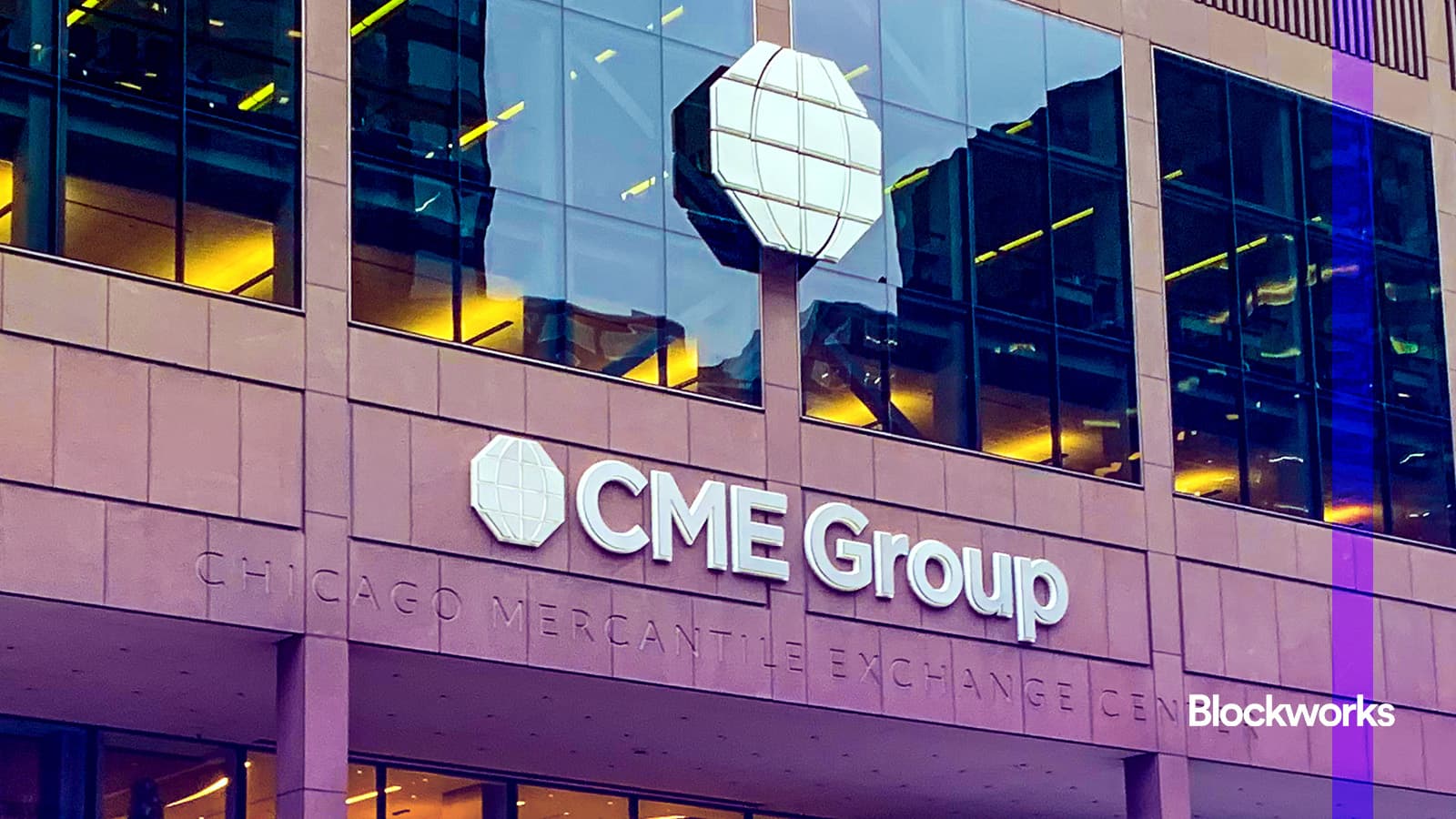Mt Gox FUD: Bitcoin ETFs just sold more BTC than Mt Gox has left to give back
Mt. Gox-linked Bitcoin (BTC) wallets moved roughly 10,600 BTC on Nov. 17, breaking an eight-month silence that had lulled traders into forgetting the estate still controlled nearly $3 billion in legacy coins.
The transaction routed about 10,608 BTC to a new, unlabeled address, with the remainder returning to a known Mt. Gox wallet.
Timing turned the routine shuffle into a headline: Bitcoin had just broken below $90,000, and the move landed like a spark on dry tinder, reviving fears that creditor distributions would dump spot supply into an already weakening market.
However, the reaction outran the evidence, as no coins appeared at exchange deposit addresses. The trustee announced there would be no new payout wave.
Late October brought a year-long extension of the repayment deadline to Oct. 31, 2026, with a disclosure that base, early lump-sum, and intermediate repayments had ended, but only for creditors who had completed eligibility steps.
That schedule undermines the notion that the Nov. 17 transfer signals imminent selling. Internal wallet reorganizations have preceded past distribution batches, yet they don’t, by themselves, add spot supply.
Until coins flow to exchange clusters or counterparties confirm receipt, the move reads as estate housekeeping against an extended timeline.
Remaining overhang
Arkham-tracked wallets tied to the Mt. Gox estate still hold about 34,689 BTC, roughly $3.2 billion at current prices, after a year of phased distributions that began in 2024.
The original rehabilitation pool comprised about 142,000 BTC, 143,000 BCH, and roughly ¥69 billion in cash. By March 2025, about 19,500 creditors had received some repayment through exchanges such as Kraken and Bitstamp.
A sizable but finite residue remains, and its release cadence follows administrative progress rather than trading conditions.
The extended deadline matters because it removes urgency. Creditors who missed earlier cutoffs or failed to finalize paperwork now have another year to sort logistics with their chosen exchange or custodian.
The trustee operates under court supervision, not market timing, which means the remaining 35,000 BTC will trickle out as eligibility resolves rather than flooding exchanges in response to price weakness.
Past distributions followed months of quiet wallet shuffling before coins actually reached recipients, a pattern that makes Monday’s move look procedural rather than distributive.
Why markets overreacted
Bitcoin dropped below $90,000 before the Mt. Gox transfer surfaced, pressured by US spot ETF gross outflows that have already reached $3.7 billion in November and broader risk-off sentiment.
The estate’s move arrived in that backdrop, and traders reflexively linked the two.
Mt. Gox has conditioned markets to expect sell pressure whenever its wallets stir, a Pavlovian response built on years of waiting for the other shoe to drop.
The estate’s creditors are a heterogeneous group: some held through a decade-long bankruptcy, others bought claims at steep discounts and may sell immediately upon receipt. At the same time, long-term holders could treat distributions as tax-loss-harvesting opportunities or as portfolio rebalancing.
That mix makes the supply impact hard to model, which feeds uncertainty and amplifies fear during drawdowns.
Yet the logic that drove panic in prior years, that 140,000 BTC would hit spot markets all at once, no longer applies.
The estate has already distributed the majority of its holdings. What remains is about 24% of the original pool, spread across creditors on different timelines, governed by a process that prioritizes administrative compliance over market conditions.
The trustee extended the deadline precisely because coordination with exchanges and individual creditors takes time, not because 35,000 BTC will dump in one block.
What decides the outcome
The residual overhang is real, but its impact depends on velocity and destination.
If the remaining 35,000 BTC flow to creditors who immediately deposit to exchanges and sell, that’s roughly 78 days of current daily mining issuance hitting spot markets.
However, history shows that prices might experience only a slight fluctuation in a complete dump scenario.
 Mt. Gox outflows totaled roughly 47,000 BTC in July 2024 and 13,000 BTC in August 2024, with another 10,000 BTC leaving wallets in April 2025.
Mt. Gox outflows totaled roughly 47,000 BTC in July 2024 and 13,000 BTC in August 2024, with another 10,000 BTC leaving wallets in April 2025.
If distributions continue trickling over 12 months, and half the recipients hold rather than liquidate, the marginal impact shrinks to background noise against ETF flows, miner production, and offshore leverage. The estate’s extension to October 2026 suggests the latter.
The Nov. 17 move doesn’t answer which path plays out, but it also doesn’t prove imminent selling.
The transfer went to an unlabeled wallet under apparent trustee control, not to Kraken, Bitstamp, or any counterparty that could distribute to end creditors.
Until exchange deposit addresses light up or the trustee announces a new batch, the activity fits the pattern of internal reorganization that has accompanied past payouts: preparatory, not distributive.
Bitcoin’s break below $90,000 reflects ETF redemptions, macro risk, and positioning unwinds, not Mt. Gox supply. Traders seized on the wallet move because it offered a narrative for a selloff already in progress.
But the schedule, the transfer destination, and the trustee’s own disclosures all point away from immediate pressure. The overhang will resolve over quarters, not days, and the latest move is housekeeping, not a starting gun.
The post Mt Gox FUD: Bitcoin ETFs just sold more BTC than Mt Gox has left to give back appeared first on CryptoSlate.
You May Also Like

CME Group to launch Solana and XRP futures options in October

Dogecoin Price Prediction For 2025, As Analysts Call Pepeto The Next 100x
